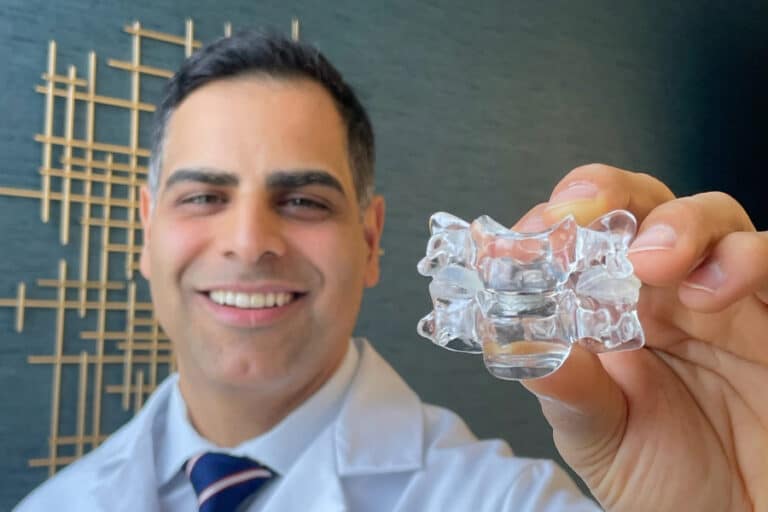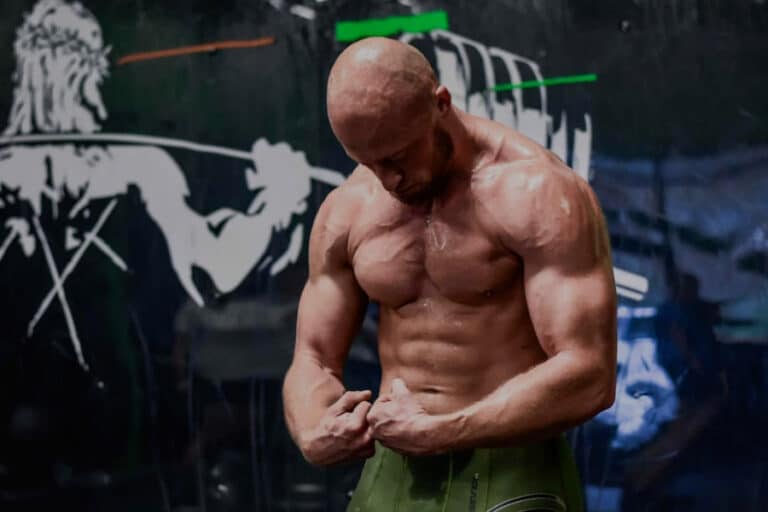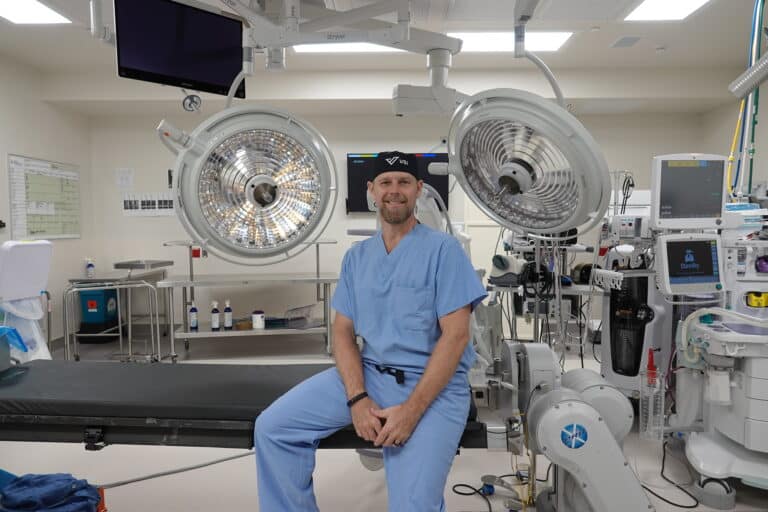Generations Apart: The Revolution of Modern Spine Surgery
Modern spine surgery bears almost no resemblance to the spine surgery your parents or grandparents had. Innovation and technological advances have drastically transformed the field. So what does that mean for patients? How different are things today? Wendell and Katie Sissler are uniquely positioned to help tell this story. The father/daughter duo had spine surgeries…











